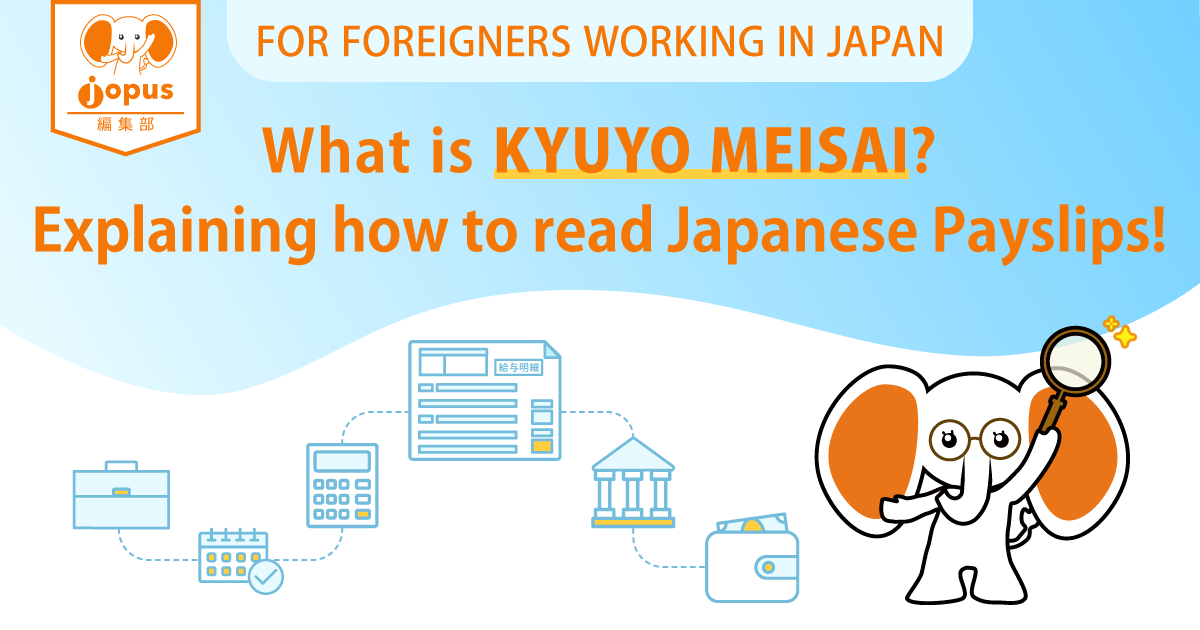In part two of our series on quitting and moving on to greener work pastures, we’ll be looking at what to do in the lead-up to leaving and how to resign from your job without inadvertently burning bridges. We’ll touch on time frames, narrowing down your options to find a good fit, and how to apply to companies and ace your interview. Finally, we’ll go through the steps to take to leave on good terms.
Planning is Important
A job search can be separated into three stages: self-analysis to figure out what sort of work would suit you best; information gathering on industries and companies and updating resumes; and filling out job applications and attending interviews.
Time-frame-wise, budget approximately two weeks for information gathering and paperwork preparation, one to two months for the application-to-interview process, and another one to three months for receiving tentative offers and making the move to your new company. Keep in mind, though, that not all job searches will follow this schedule.
Job Search and Document Preparation
Jumping into a job search without knowing what sort of job you’re after will likely land you work that isn’t a good fit, so take the time to think deeply about your goals and learn about your options.
Spending time on self-analysis and research will also help you down the line when it comes to interviews, as you’ll have well-thought-out answers when asked why you’ve chosen a specific industry or company.
Documents to prepare include updates of your rirekisho (overview of education and job history) and shokumukeirekisho (detailed work history). If you need to review how to prepare these documents, Jopus has detailed posts on each to help you out.
Many companies also have an initial application form, called an ES (entry sheet/エントリーシート), to complete. They can often be found on company websites, or you can make a request to have one sent to you. Make a copy for your records, as the information you include will be used to inform future interviews.
The Interview Process
Interviews provide you with the opportunity to show interviewers your experience, skills and personality, and will usually begin with a self-introduction. This should be approximately 1-minute long and include your name, current job description, where you’re from, why you came to Japan and any language skills you have.
In addition to discussing your work experience and skills, expect to detail strengths and weaknesses with examples of how you’ve used those strengths to the benefit of your company and how you’ve worked to overcome your weaknesses.
Respond to questions in an easy-to-understand fashion: answer, reasons and details, summary. And remember, as a mid-career applicant, your experience and skills—not your potential—are your most important assets, so be sure to highlight them by matching them to the interviewing company’s needs.
Towards the end, there will be a chance to confirm employment conditions and ask questions of your own. Having questions shows interest, so be sure to have a few ready.
If asked when you’d like to start, remember to factor in your notice period. This will depend on whether you have an indefinite-term contract or a fixed-term contract, and if you have a fixed-term contract, on what year of the contract you’re in. Be sure to know your contract and your rights—but also know your responsibilities.
Even those with contracts that allow them to leave at any time should know that they must give at least two weeks’ notice and, to leave on good terms, they should do their best to give longer. Etiquette suggests (and some contracts stipulate, though there seems to be some disagreement as to whether this is allowed) one month to lessen the burden on colleagues and facilitate a smooth transition.
Job Acceptance and Resignation
Generally, job seekers will find out within one or two weeks whether they’ve been accepted for employment. At this point, the resignation process begins.
Start by organizing a meeting with your immediate superior and follow up with written notice within one week. Japanese resignation letters, called taishoku todoke or taishoku negai, are fairly standardized, but your company may have its own. Ask your superior during your face-to-face meeting, and if there is no company standard, download a template. Fill it in, make a copy for yourself and note the date of submission and to whom you submitted it.
If your resignation is met with resistance, be polite but firm, and remain professional when giving your reasons for leaving. As much as possible, avoid discussing your resignation and future plans with colleagues. Do prepare instructions to help your replacement successfully take over your position.
Before You Leave
There are several things to keep in mind before walking out the door one final time, from returning company property to requesting documents like a tax statement and a letter of separation (also called an unemployment slip).
As your health coverage and pension payments are linked to your employment, you’ll need to request a Certificate of Disqualification in order to properly transfer the responsibility for payments to yourself or, if your next job begins immediately, to your new company.
If there is a lag between leaving your current job and beginning your next, you’ll need to take the certificate to city hall within 14 days of leaving to enroll yourself in health insurance and organize pension payments.
On your last day, remember to be generous with expressions of thanks as you may very well find yourself in contact with your colleagues again.
Finally, if your visa is a working visa or a highly skilled professional visa, don’t forget to inform immigration of your job change.
Summary
Sometimes, leaving a job is your only option. From starting the search for new employment off right to sailing through interviews, planning and preparation are key to success. Also essential is leaving your company with grace, which includes tendering your resignation with care, returning company-owned items and requesting the right paperwork.
Links
https://www.jil.go.jp/english/jli/documents/2018/006-03.pdf
https://www.isa.go.jp/en/applications/procedures/nyuukokukanri10_00015.html
https://www.isa.go.jp/en/applications/procedures/nyuukokukanri10_00014.html
Please note that we are not responsible for links to third-party websites.
Jobs for Foreign Software Engineers
Japan’s IT Industry
- Characteristics of the Japanese IT Industry
- Japanese Language Levels for IT Industry Jobs
- The Benefits of Working at a Tech Company
- The Disadvantages of Working at a Tech Company














